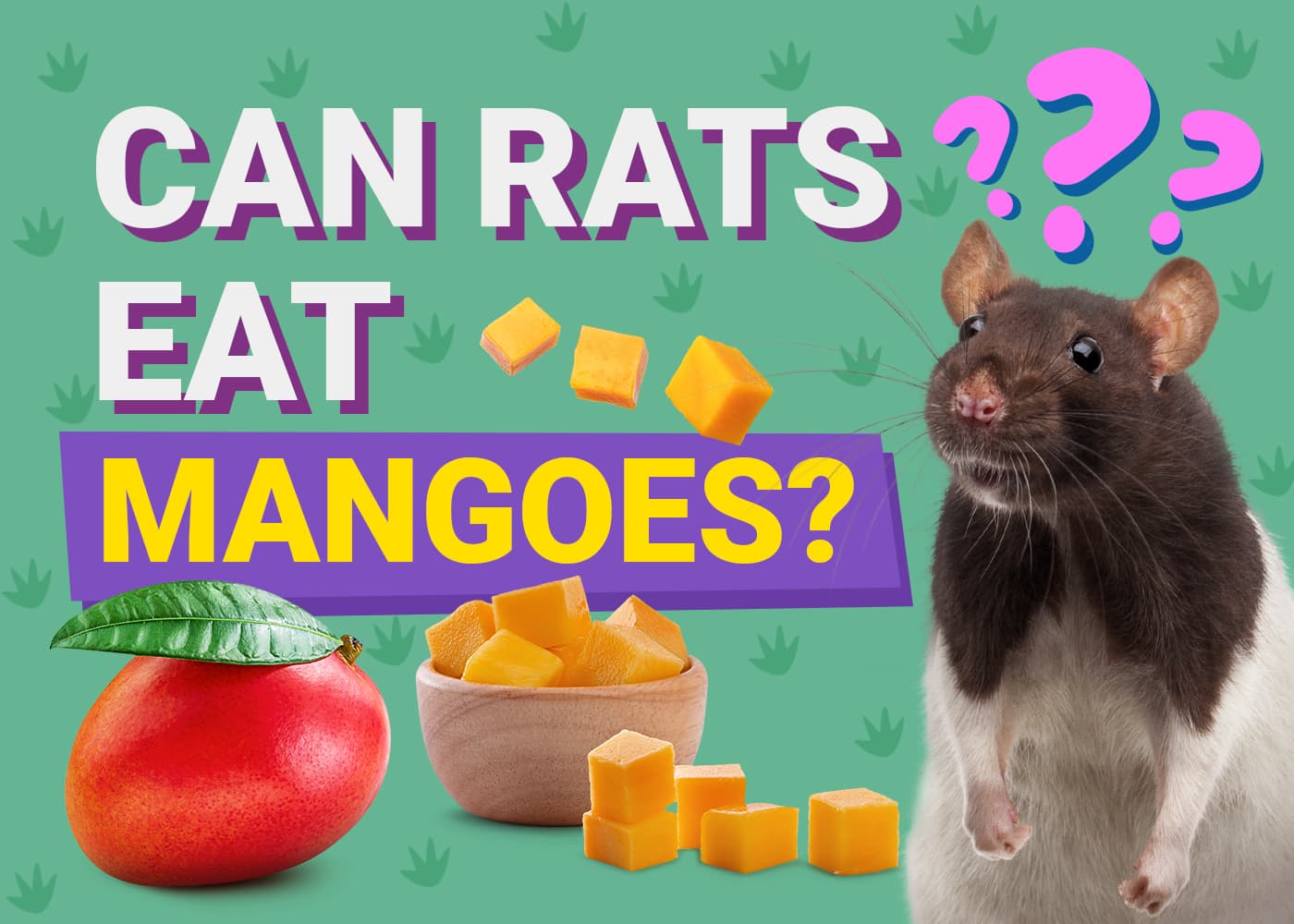VET APPROVED

The information is current and up-to-date in accordance with the latest veterinarian research.
Learn more »Click to Skip Ahead
Rats, especially pet rats, can be picky eaters. This means they tend to be selective about what they eat, nibbling a little bit at a time before deciding that the food is safe to tuck into.
If you have a pet rat, it might take some time before you find a treat your rat really loves. If you’ve been experimenting with giving your rat different foods, you might be wondering which foods are safe for these rodents to eat.
You should know that yes, in small portions, mangoes can be a perfectly fine treat for your pet rat. In this article, we will discuss rat nutritional needs in greater depth, how much mango rats should eat, and foods to try—or avoid—feeding your pet.

What Do Rats Eat?
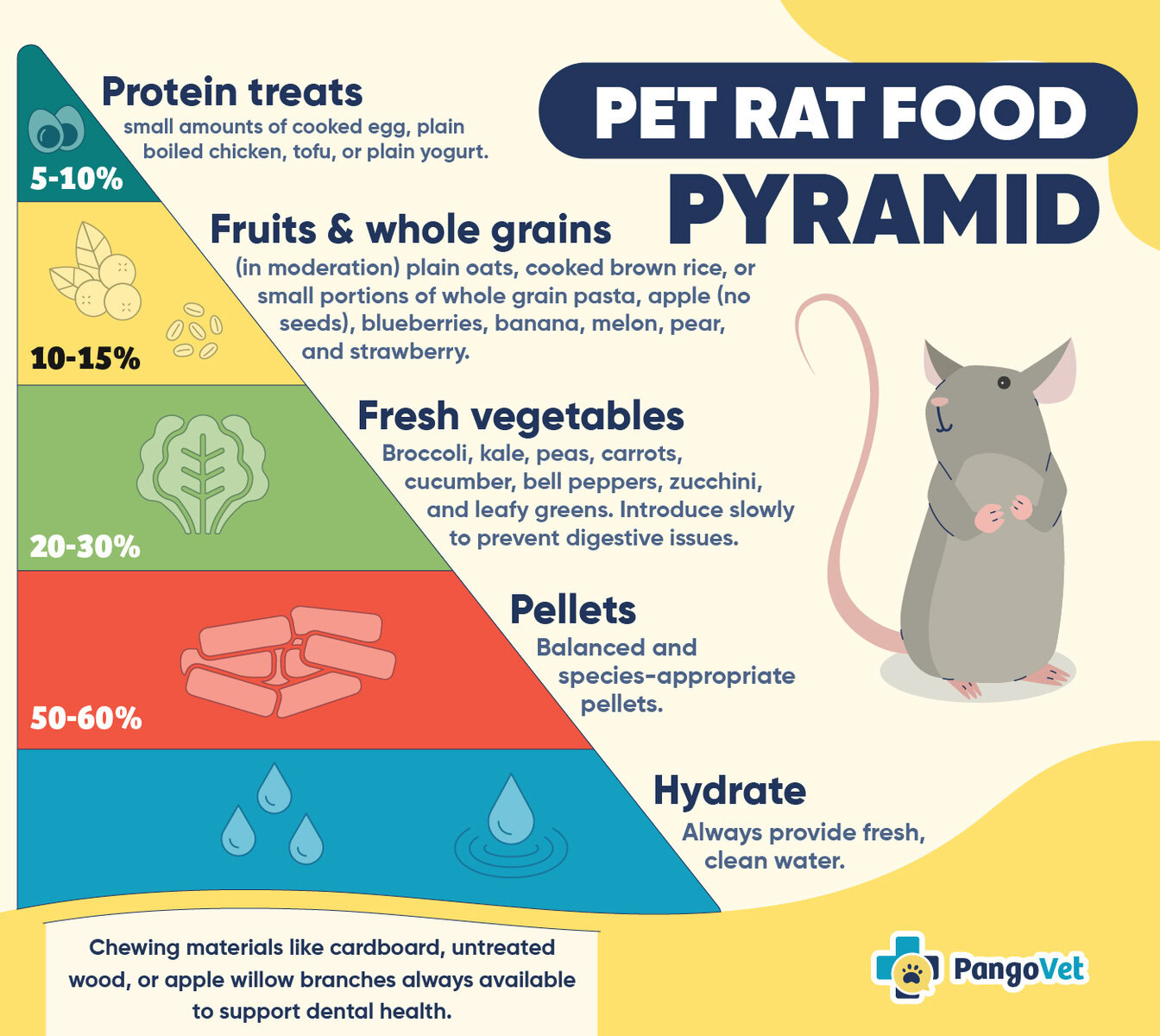
Rats are opportunistic omnivores, which means that their diets tend to be comprised of whatever foods are available to them. Rats also live in many different climates and habitats, so as you might expect, they tend to eat what they can find depending on the geographical location they find themselves in.
Pet rats tend to eat a diet that consists primarily of pelleted food. Foods that are specifically formulated for rats offer the best nutritional value to a domesticated rat since it is unlikely that a rat living in a cage would be able to get the same breadth and variety in its diet that a wild rat would.
In addition to pellets, it is perfectly fine and even encouraged to offer your rat treats from time to time. Try to feed your rat a variety of treats so that it can get the most nutritional benefit. Some of the best treats are hay, vegetables, lean meats, and carbohydrates such as pasta. Later in this article, we will list some treats you may consider giving to your pet rat.
How Much Mango Should Rats Eat?
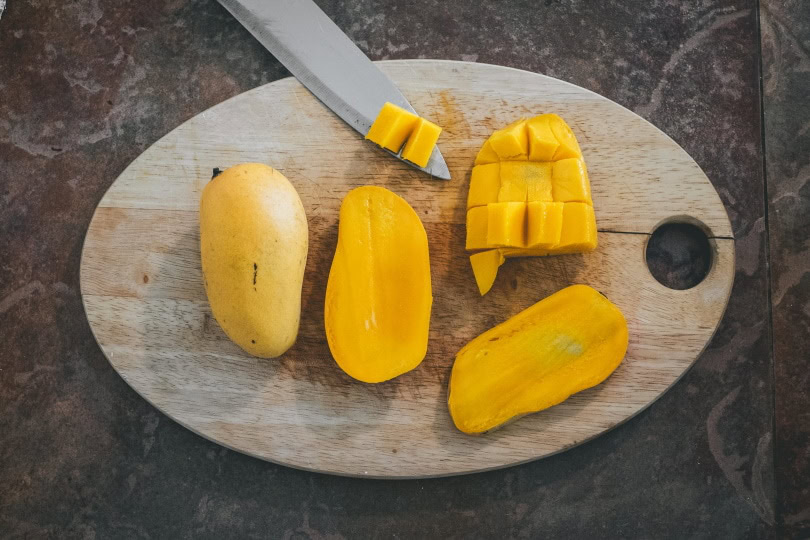
As stated, mangoes can play an enriching role (though perhaps not a very healthy one) in your rat’s diet. However, they should most be considered a treat to be offered on occasion, not on a regular basis.
When you consider that treats should only make up about 5% of your rat’s diet, it’s important to understand that that is a very small amount, perhaps 1-2 teaspoons. Like any fruit, offering your rat too much mango in a single sitting or meal may likely lead to gastrointestinal distress (this often manifests as episodes of diarrhea).
Risks Associated with Mango
Fructose Content
Fruits get their sweetness from the naturally occurring sugars that are found in them. These sugars also constitute the bulk of the carbohydrates the fruit offers. The primary sugar found in mangoes is fructose. This is potentially concerning for pet rats, as rats have been well-documented to develop health issues if offered too much fructose in their diet. Nonetheless, with moderation of your rat’s fruit quota, this risk can be reduced.
D-Limonene and Male Rats
If you have a male rat, it is important to consider the fact that mangoes and citrus fruits contain a compound called d-limonene. D-limonene has been shown to cause tumors in the kidneys of male rats.3 As a result, some sources recommend avoiding citrus fruits altogether if you have male rats.
However, it’s important to note that rats who developed tumors as a result of this chemical did so after consuming it in fairly high doses. A small amount of mango on occasion is likely harmless, but it is ultimately up to you to decide what is safe to feed your pet.
Other Great Snack Foods for Rats
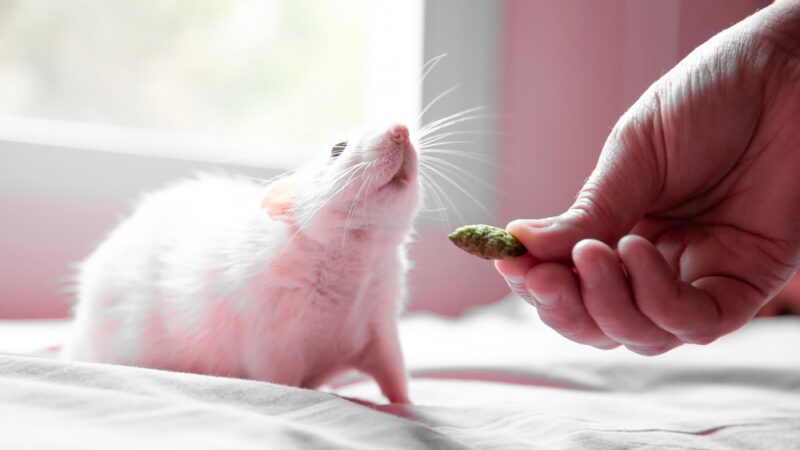
Unfortunately, rats have a pretty bad reputation for eating whatever food they can get their hands on—even garbage. However, there is some truth to this reputation, as there are many different foods that rats enjoy and that can make wonderful treats.
- Apples (but not the seeds)
- Bananas
- Berries (blackberries, blueberries, boysenberries, raspberries, and strawberries are all great options)
- Broccoli or cauliflower
- Cereal (low-sugar varieties, such as plain Cheerios or oats)
- Chicken (cooked, without seasoning – meat only)
- Crackers (unsalted)
- Eggs (hard-boiled)
- Melon
- Pasta (cooked, unseasoned)
- Potatoes (boiled/cooked, unseasoned)
- Rice (ideally cooked)
- Squash (ideally cooked)
As with mangoes, the foods listed here are meant to be occasional treats, not your rat’s main meal.
- Related read: Can Rats Eat Avocado? What You Need to Know!
Foods to Avoid
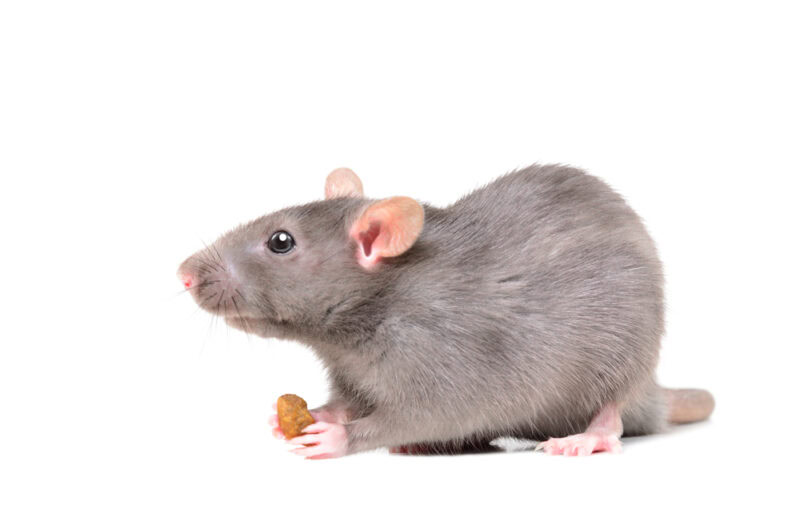
While mango and other fruits are perfectly fine for your rat to eat in moderate amounts, there are certain foods you should avoid giving to your rat.
Despite their reputation, rats can’t eat just any food, or at least they shouldn’t; in fact, there are plenty of foods that are harmful. Please note that the list above isn’t exhaustive. As such, we would encourage you to do additional research before introducing a new food for your rat to try. Finally, please do keep in mind that it’s best to reach out to an exotic veterinarian to formulate a meal plan that works specifically for your pet rat. Overall, mango is safe and even nutritionally beneficial for rats. However, if you have a male rat and are concerned about the fructose or the d-limonene in mangoes and other citrus, you’re in luck; there are many, many other treat options that you can explore! If you do opt to give your rat mangoes, make sure to keep the serving size small to avoid any problems with digestion. For other foods, we would recommend reaching out to your veterinarian for more information. Related Reads:

Final Thoughts
